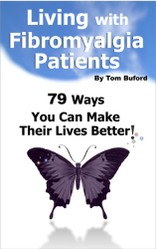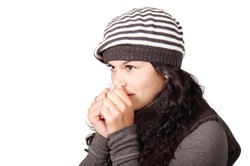Millions of Americans today have osteoporosis. Some are aware of the condition, and others are not. It is especially common in Caucasian and Asian women as well as elderly people. Nevertheless, it affects individuals of all age groups, gender, and race. Small or thin women are prone to have it, and those who have a family member who has suffered from a fracture due to this disease will be susceptible [1, 2].
Risk factors, therefore, include age, racial/ethnic group, gender, body size, and family history. It also has to do with dietary intake as people who do not consume adequate calcium or vitamin D may be prone to this infirmity. Moreover, anorexia nervosa and sedentary lifestyle can lead to it. Of all risk factors, age is the strongest [1, 2].




 The Reality of Aspirinon 05/24/2021
The Reality of Aspirinon 05/24/2021
 An Old Microbeon 03/31/2021
An Old Microbeon 03/31/2021
 Coronavirus and Mental Illnesson 02/14/2021
Coronavirus and Mental Illnesson 02/14/2021
 Acute Ischemic Strokeon 12/25/2020
Acute Ischemic Strokeon 12/25/2020


Comments